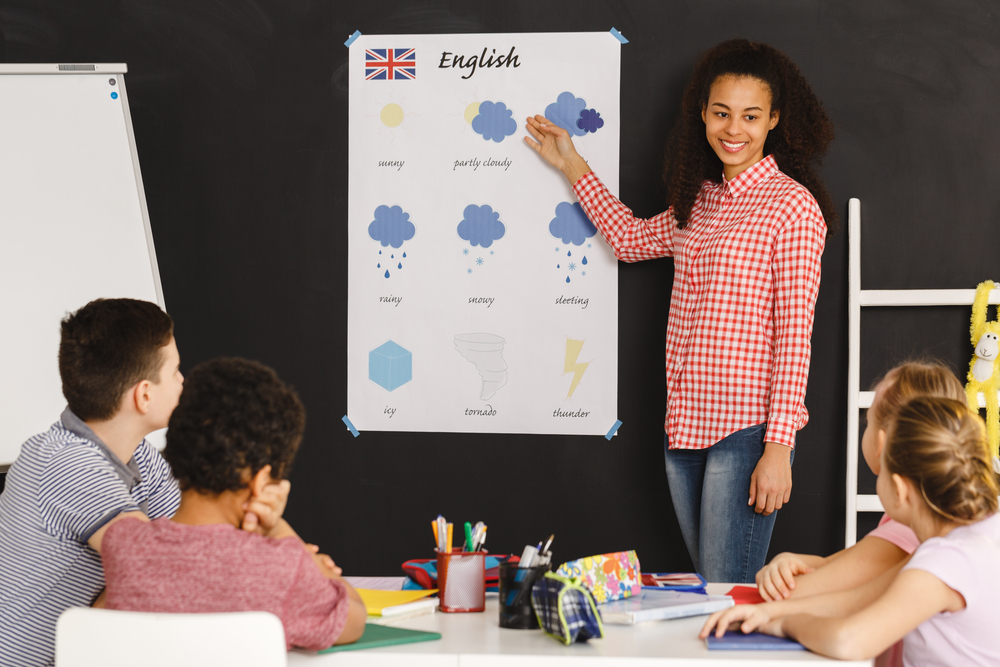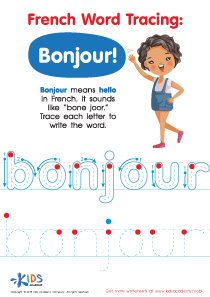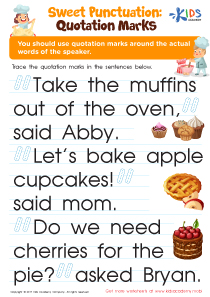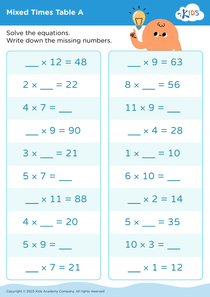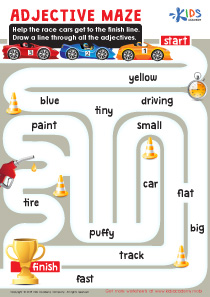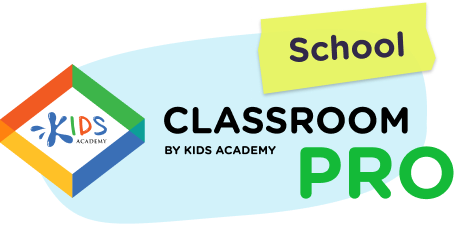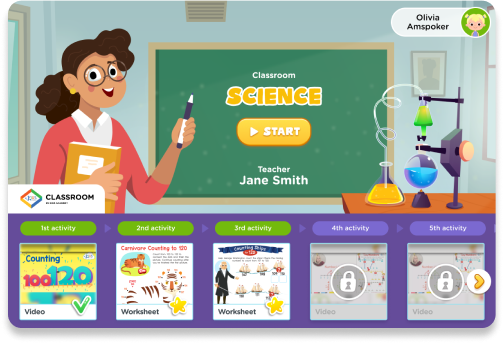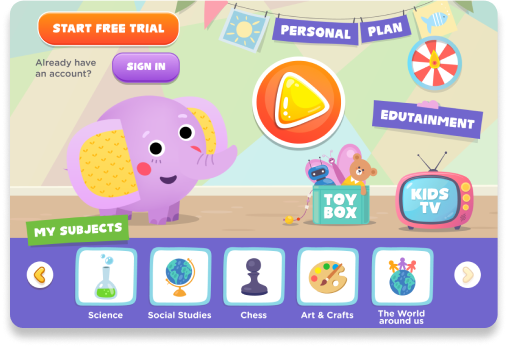Understanding plurals Extra Challenge Grammar Worksheets for Ages 5-9
5 filtered results
-
From - To
Discover our "Understanding Plurals Extra Challenge Grammar Worksheets" crafted for children ages 5-9. These interactive and engaging worksheets are designed to enhance your child’s grasp of plural nouns through fun exercises and unique challenges. With a variety of activities, including identifying plural forms and completing sentences, your young learners will develop essential grammar skills while enjoying the process. Our resources promote critical thinking and creativity, ensuring that children not only understand plurals but also apply their knowledge effectively. Perfect for classroom use or at-home practice, these worksheets are an excellent way to reinforce learning in a fun and exciting manner!
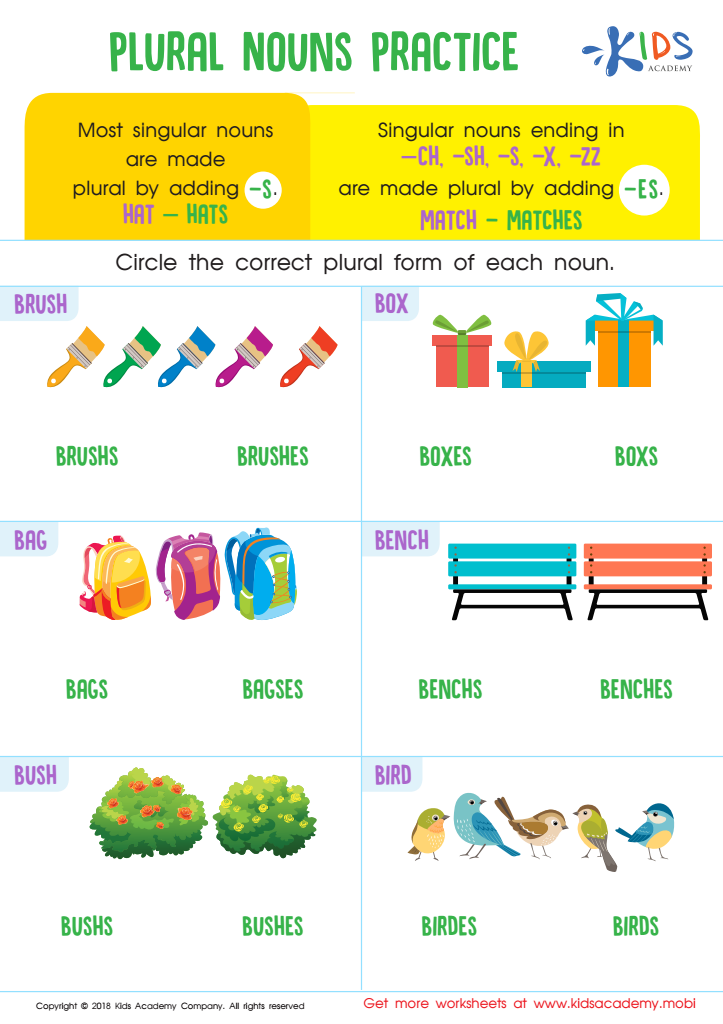

Plural Nouns Practice Worksheet
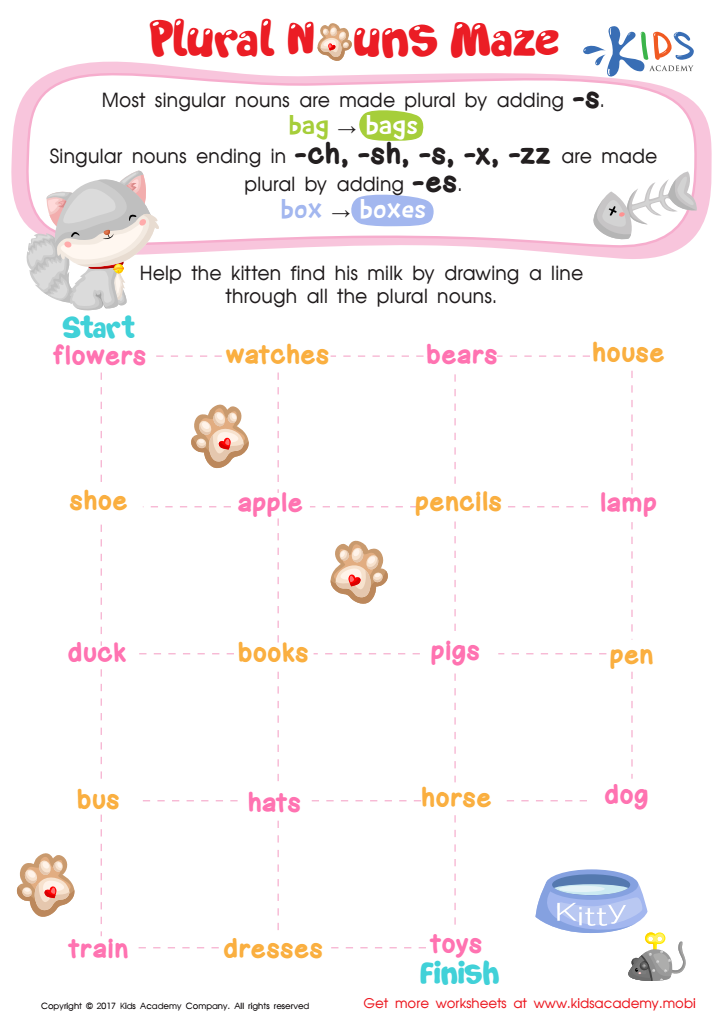

Plural Nouns Maze Worksheet
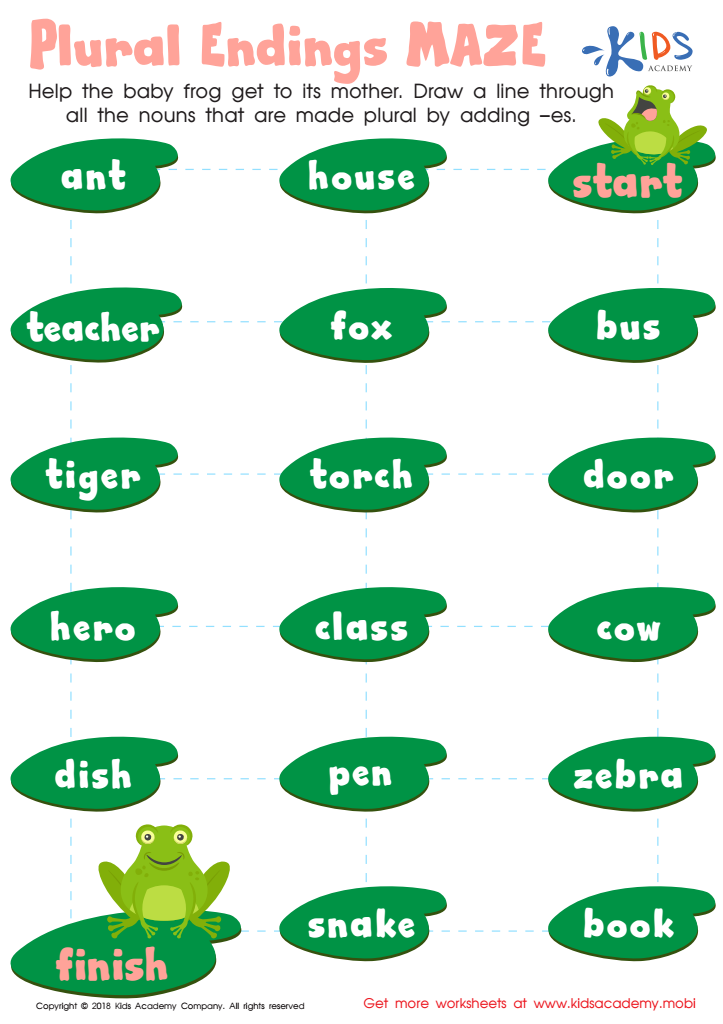

Plural Endings Maze Worksheet
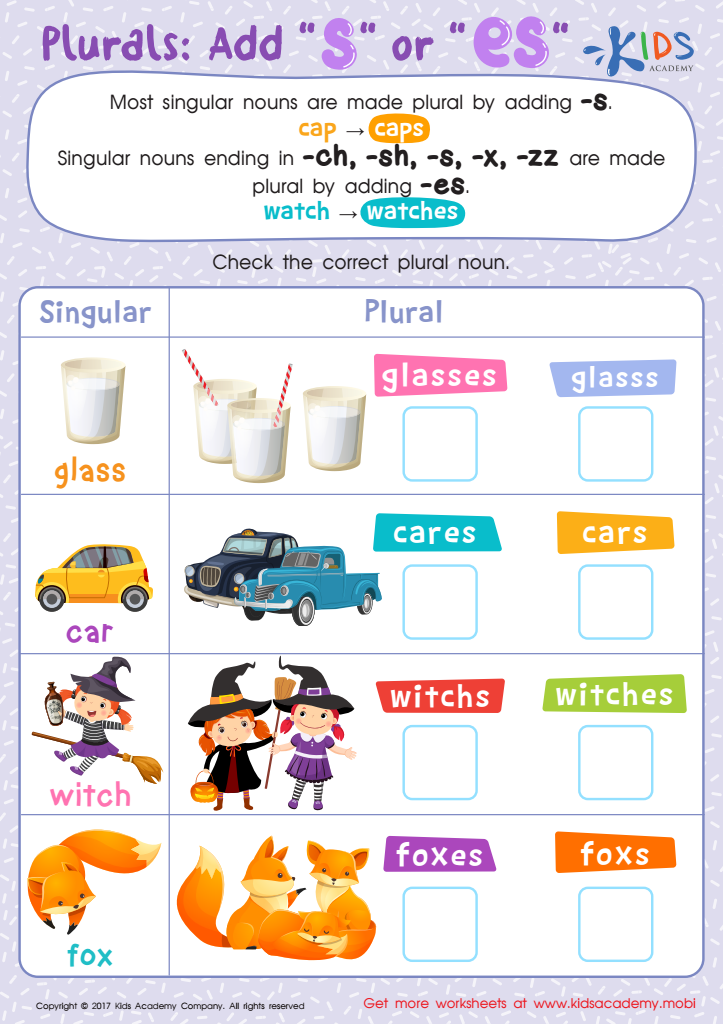

Plurals: "–es" or "–es"? Worksheet
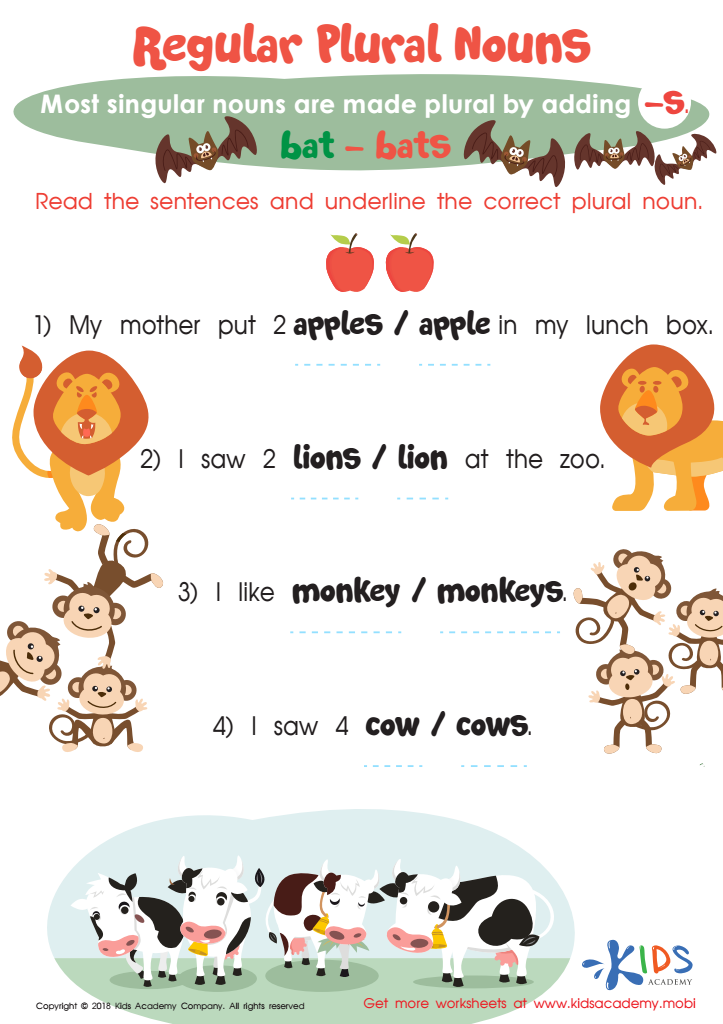

Regular Plural Nouns Worksheet
Understanding plurals is crucial for young learners as it lays a foundational aspect of language that children encounter daily. For parents and teachers, emphasizing the importance of pluralization helps children develop their vocabulary, enhance their reading skills, and improve their writing abilities. This grammar concept is essential for clear communication; singular and plural forms convey different meanings that can significantly alter conversations or written texts.
For example, saying "dog" indicates one animal, while "dogs" implies more than one. Children who grasp this distinction can express themselves more precisely. Additionally, understanding plurals fosters critical thinking and cognitive development as children learn to categorize and manipulate language.
Moreover, learning about plurals can boost a child's confidence in using language correctly, preparing them for future academic success. Engaging activities that explore plurals can also be fun, making learning enjoyable and memorable.
As children aged 5-9 are naturally curious and eager to learn, introducing gender and irregular plurals can also enhance their interest in language diversity. By focusing on these aspects of grammar, parents and teachers can support children in becoming effective communicators, equipping them with a vital skill that will last throughout their lives.
 Assign to My Students
Assign to My Students


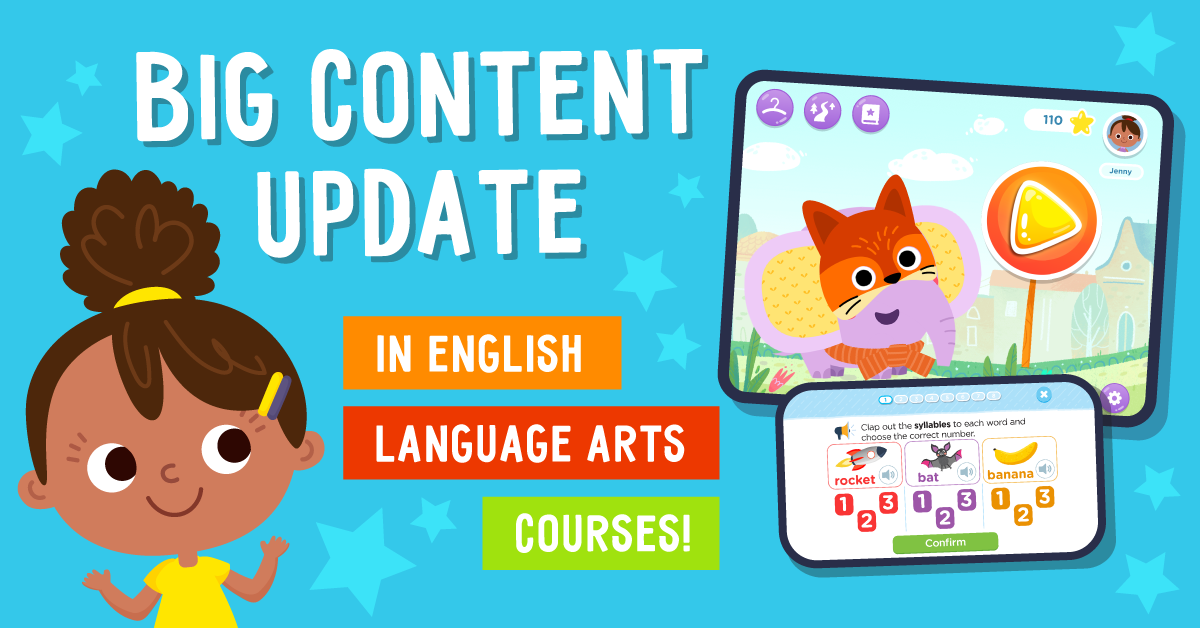
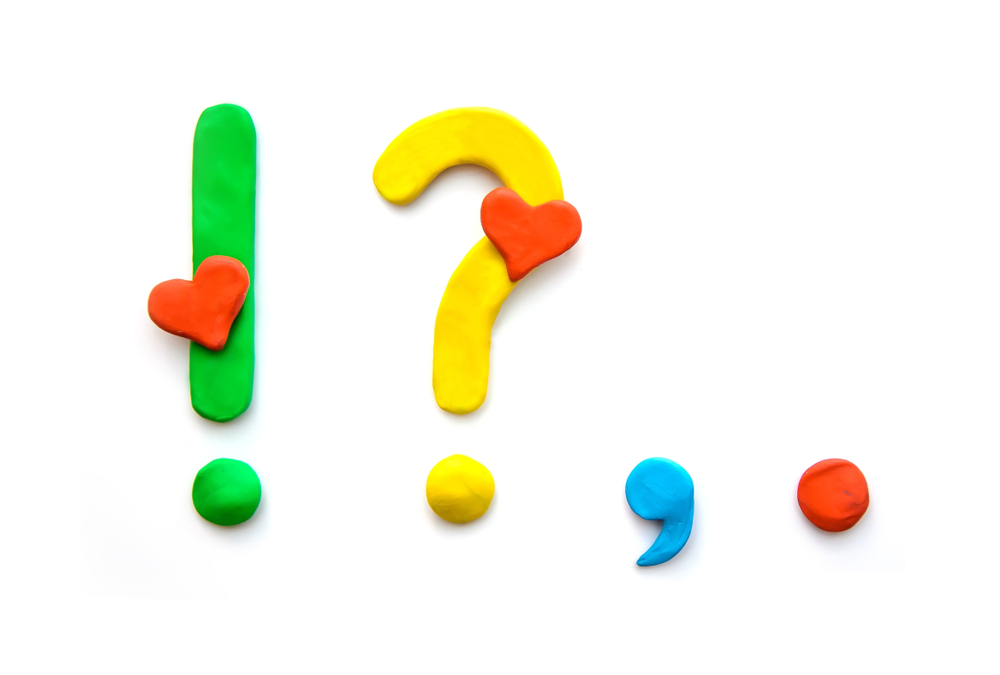


.jpg)
